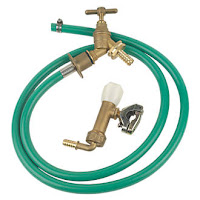Can you can smell gas?
or
could you be suffering from the effects of carbon monoxide? (feeling ill - nausea? headaches? dizziness?)
Here's the steps you need to take:
- 1. Call the National Gas Emergency number 0800 111 999 (England/Wales/Scotland).
- 2. Get to fresh air immediately - open all doors and windows to ventilate the area.
- 3. Turn off the gas supply if it is safe to do so at the emergency control valve at the meter unless the meter is located in a basement/cellar or at the LPG bulk tank or storage vessels.
- 4. Do not turn the gas supply on again until it has been checked by a Gas Safe registered engineer.
- 5. Do not operate electrical switches (this includes turning switches on or off). Operating electrical equipment can ignite escaping gas.
- 6. Extinguish all naked flames and do not smoke.
- 7. If you are feeling unwell visit your GP or hospital immediately and inform them that you may have been exposed to carbon monoxide.
- 8. If the attending emergency operative identifies any concern with any gas appliances, follow the advice given concerning use of the equipment and where advised contact a Gas Safe registered engineer to fix the appliance and check for safety.
Initially your gas supply may be capped off by the emergency operative and you will be issued with a certificate outlining the reasons for the action taken. You will then need to contact a Gas Safe engineer who can fix the problem and ensure everything is safe before re-instating the gas.















